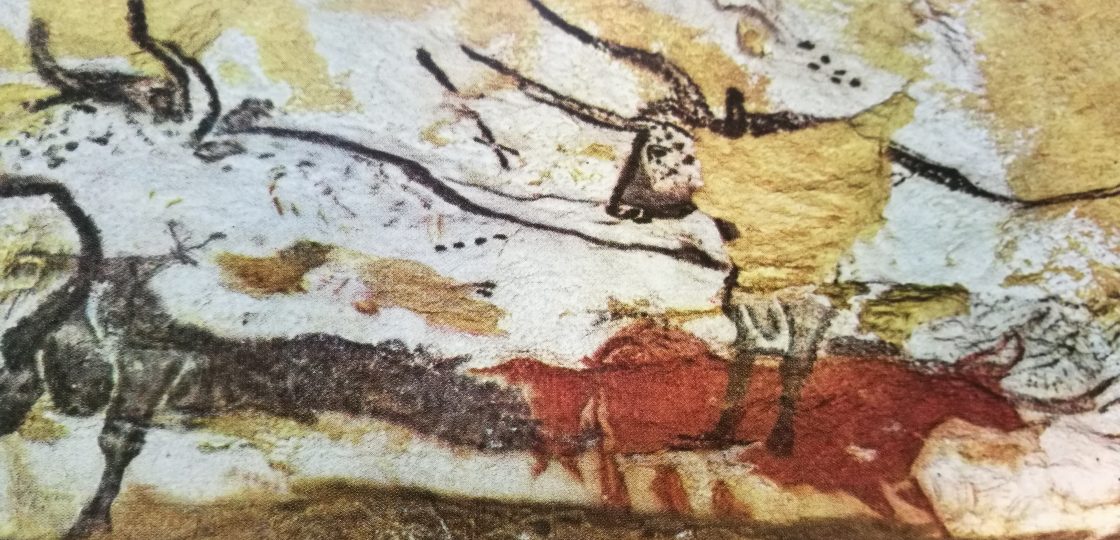One of the best French Kabbalah specialists is named “Secret”, Mr. François Secret. Proper names sometimes carry in them collective fates. François Secret wrote Le Zohar chez les Kabbalistes chrétiens de la Renaissance (1958), a book in which such romantic names as Bartholomeus Valverdius, Knorr de Rosenroth, Blaise de Vigenère, Alfonso de Zamora, Guy Le Fèvre de la Boderie, or Gilles de Viterbe, the famous Guillaume Postel, and of course Johannis Reuchlin and Pic de la Mirandole appear. These names appear like shooting stars in the night. We would like to follow their trajectories, engraved in the ink of long nights.
But Mr. Secret, so learned, reveals no secrets, one can regret it.
It encourages us to continue searching, at the sources, or among the apparently initiated.
One of the most famous books of Kabbalah is called, without excess of modesty, Siphra di Tsenniutha (The Book of Mystery). It begins as follows:
« The Mystery Book is the Book that describes the balance of the balance. For before there was balance, the Face did not look at the Face. »
Compact style. From the outset, we get into the subject. ‘Balance’. ‘Face’. ‘Look’.
What could be higher than the Face? What could be deeper than his gaze?
Verse 9 of the Siphra di Tsenniutha suggests the existence of a depth scale (the unknown, the occult, the occult in the occult): « The head that is not known (…) is the occult in the occult ».
Verse 12 specifies important, scattered details: « Her hair is like pure wool floating in the balanced balance ». Chapter 2 of the Mystery Book refers to a « beard of truth ». The « head that is not known » wears, we learn, « hair » and « beard ».
According to one commentary, the « truth beard » is « the ornament of everything ». From the ears, where it begins, « it forms a garment around the face ».
Truth clothes the Face.
There is this passage from Revelation: « His head, with its white hair, is like white wool, like snow, his eyes like a burning flame. »i
These materialistic images, beard, hair, wool, flame, are common to the Christian Apocalypse and the Jewish Kabbalah. They have been deemed relevant by our elders for the representation of the « Face » of God. Why?
The millennia have passed. A concrete image, even if unreal or misleading, is better than an empty abstraction. As a trope, it suggests openings, avenues, encourages criticism, stimulates research.
Kabbalah projects the surreptitious idea that all the symbolism with which it is steeped is not only symbolic. The symbol, in this context, is the very thing. Each word, each letter of the Text, is a kind of incarnation, literally literal. Metaphors and images also carry the burden of incarnation.
This is one of the most constant paradoxes of the fickle science of interpretation. The more concrete is the best symbol of the abstract.
The verbal alchemy of Kabbalah transmutes words, transforms them into an acute surface, with a bushy, burning aura, pulverizes them and disperses them in all directions, sparkling with opalescence.
Let us add this. The Law is supposed to be transparent, since it is intended to be understood and fulfilled. But the Law is also full of shadows, darkness. How can this paradox be explained?
Kabbalah explains the Law in its enlightened parts. But what remains obscure is the totality of its meaning, drowned in shadows, and its ultimate purpose is incomprehensible, inscrutable. The darkness of the Law is systemic. Kabbalah, verbose, confused, provides fewer answers than it forges infinite questions. It shows that the Law is irreducible, insubordinate to reason, to sight, to understanding.
The whole of the Law, its meaning, its end, cannot be grasped by biased, narrow minds. Through the centuries, the shadow, the hidden, the occult always appear again.
“O ye who have undistempered intellects,
Observe the doctrine that conceals itself
Beneath the veil of the mysterious verses!”ii
Song IX of Hell describes the 6th circle, where the heresiarchs and followers of sects are confined, who have not known how to understand or see the deployment of the Whole.
The researcher walks in the night. Surprised by a flash, the gaze discovers the magnitude of the landscape, an infinite number of obscure details. Immediately, this grandiose and precise spectacle disappears into the shadows. The lightning that reveals deprives the blind eye of its strength.
“Even as a sudden lightning that disperses
The visual spirits, so that it deprives
The eye of impress from the strongest objects,
Thus round about me flashed a living light,
And left me swathed around with such a veil
Of its effulgence, that I nothing saw”iii.
i Rev. 1,14
iiDante, Hell, IX, 61-63
iiiDante, Paradise, XXX
